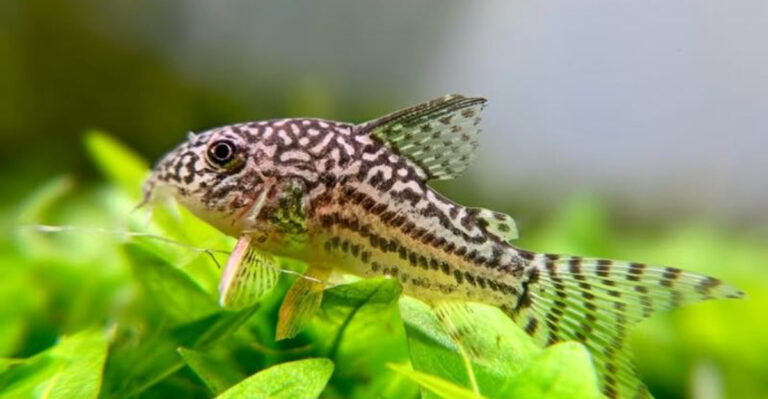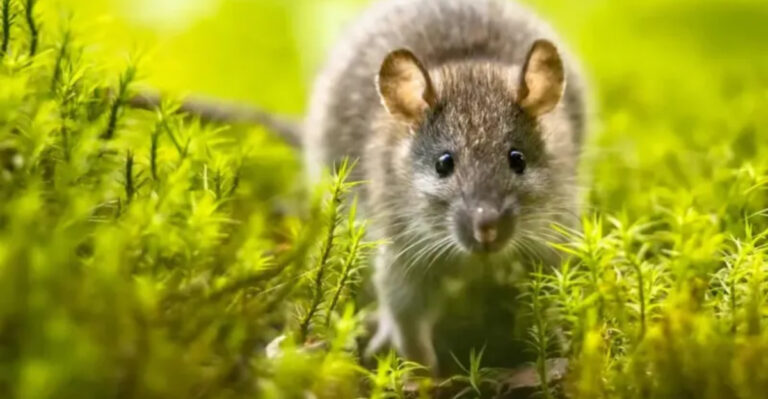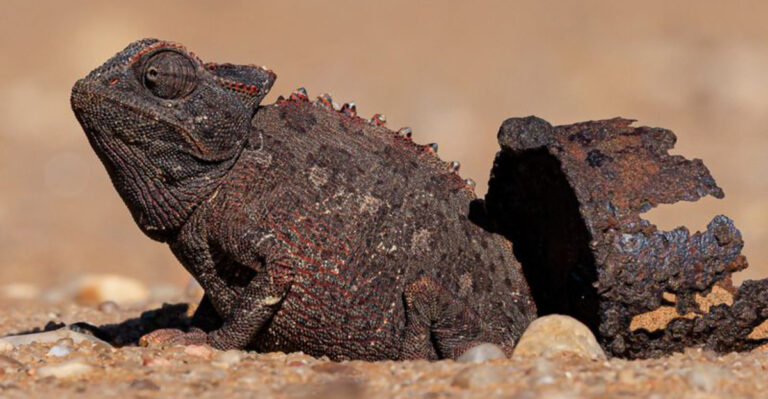10 Ways Fireflies Help Control Slugs In Your Yard
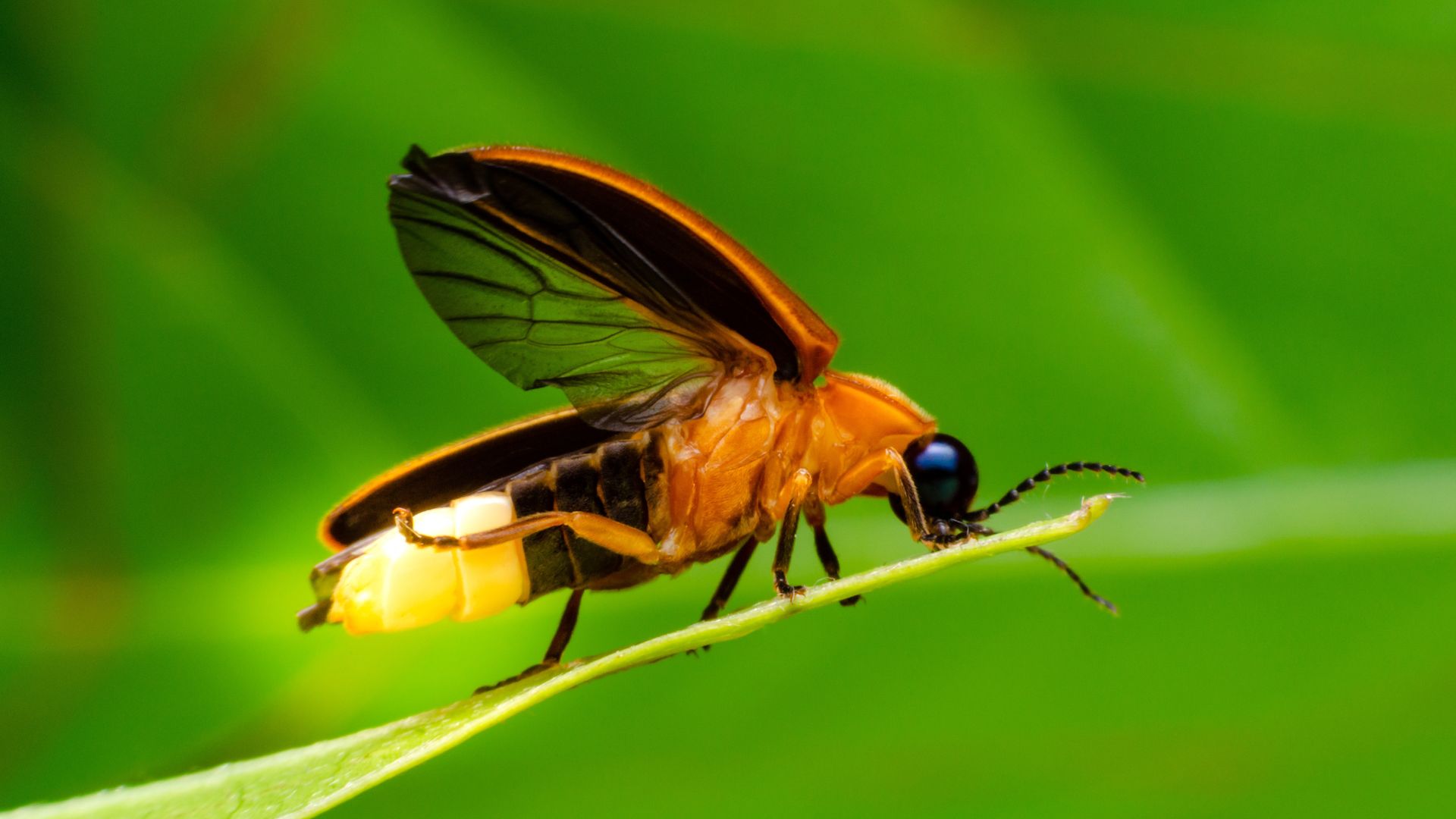
When it comes to natural pest control, fireflies are the unsung heroes of your garden! These glowing wonders do more than create summer magic – they also help keep pesky slugs in check.
Firefly larvae are natural predators, feasting on slugs and other soft-bodied pests before they can destroy your plants. With their enchanting glow and appetite for garden invaders, fireflies are a powerful ally in keeping your yard healthy and thriving.
Keep reading to find out why these little lights are your garden’s secret weapon!
1. Fireflies’ Larvae Love Slugs
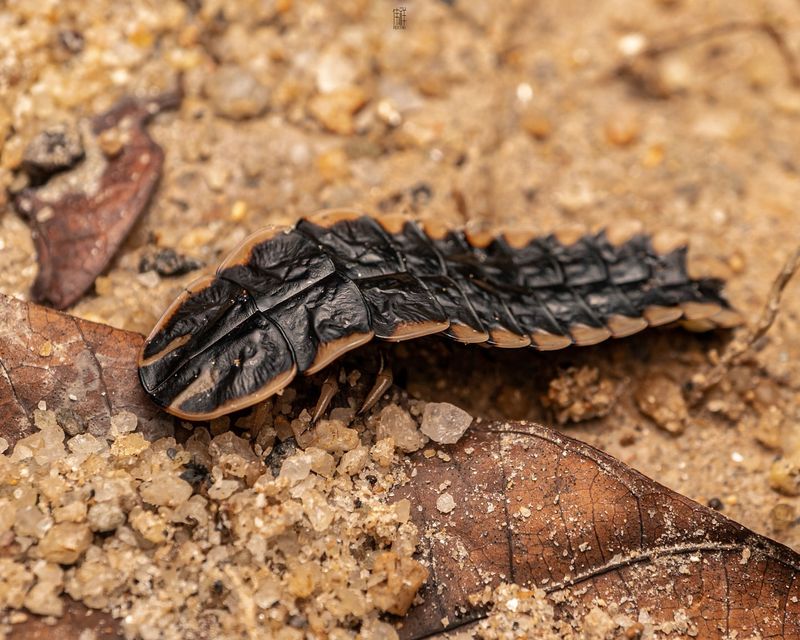
The first secret weapon in a firefly’s arsenal is its larvae. These tiny, glowing creatures have a particular fondness for slugs. In their early stages, firefly larvae are ravenous predators, seeking out soft-bodied prey. Slugs, with their slow movements and juicy demeanor, make the perfect meal. When the larvae come across a slug, it’s like fast food on the go.
The larvae will latch onto the slug, delivering a toxin that immobilizes it, making it an easy target. This predatory behavior not only helps keep slug populations in check but also supports the growth and development of the larvae into adult fireflies.
With each slug consumed, the larvae inch closer to their glowing adulthood, illuminating the garden with their magical light. So, the next time you see a twinkling larva in your yard, know it’s hard at work, turning slimy foes into glowing allies.
By reducing the number of slugs, fireflies help maintain the balance of your garden’s ecosystem. Who knew such small creatures could pack such a big punch in pest control?
2. Natural Pest Patrollers
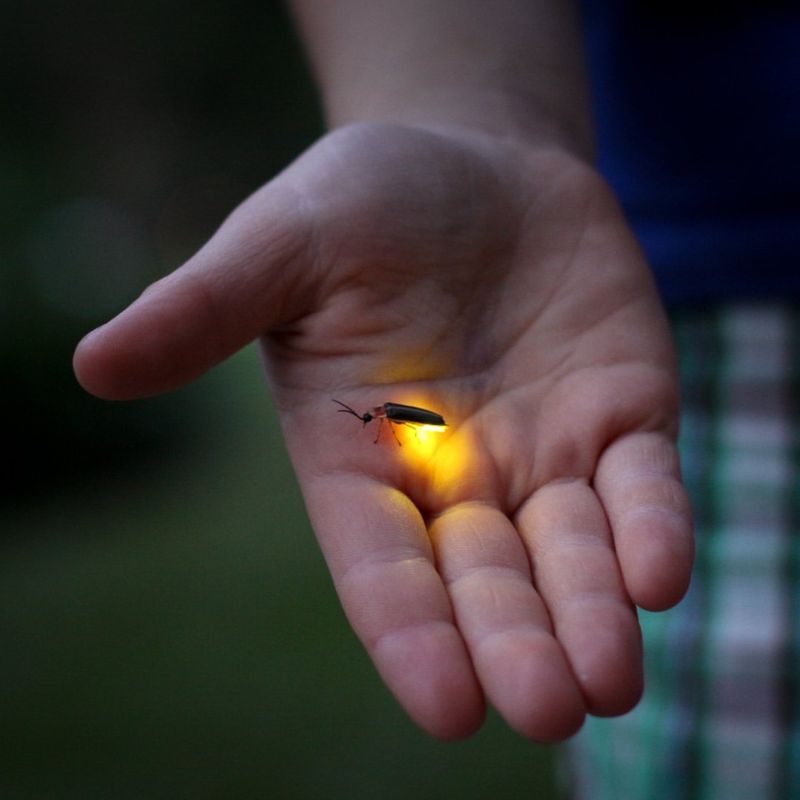
Adult fireflies, with their mesmerizing glow, are more than just a visual delight. They act as natural pest patrollers in your garden. While their primary diet consists of nectar and pollen, they also help in controlling slug populations indirectly. How, you ask? The presence of fireflies signals a healthy garden ecosystem. A vibrant garden filled with fireflies attracts a variety of predators, including birds and frogs, that feast on slugs.
Additionally, fireflies’ glow can deter some nocturnal pests, including slugs, from venturing out in search of a midnight snack. As these luminescent creatures flutter through the night, they create an environment less appealing to slugs. This natural deterrent helps keep slug numbers in check without the need for harmful chemicals or labor-intensive slug hunts.
By fostering an environment where fireflies thrive, you’re indirectly supporting a garden that’s harmonious and balanced. So, the next time you spot a firefly twinkling above your flowers, remember it’s playing its part in the grand symphony of nature’s pest control.
3. Bioluminescent Beauty And Slug Deterrent
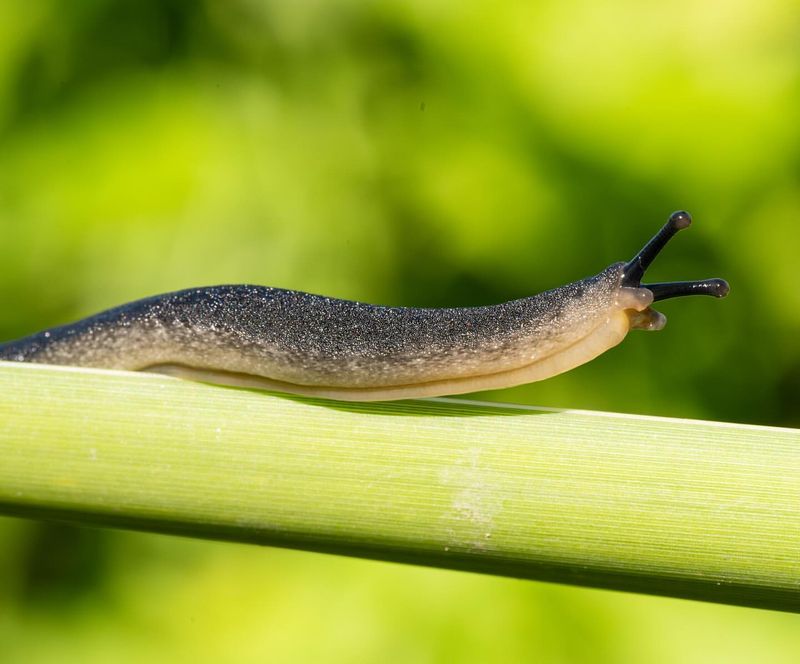
The magical glow of a firefly isn’t just for show; it can also act as a natural slug deterrent. Slugs, being nocturnal creatures, prefer the cover of darkness to go about their slimy business. However, the gentle light emitted by fireflies can disrupt the slugs’ nocturnal activities. As the fireflies dance across the garden with their soft, green glow, slugs might think twice before making a move.
The unexpected illumination can make them retreat back to their hiding spots, thus reducing their feeding time on your precious plants. This natural deterrent method is like having tiny garden nightlights that protect your greens from unwanted munching.
Moreover, the glow of fireflies often attracts other predatory insects that feast on slugs, further enhancing their role in pest control. So, while the captivating glow of fireflies adds an aesthetic charm to your garden, it also plays a crucial role in pest management.
4. Fireflies’ Toxin Delivery
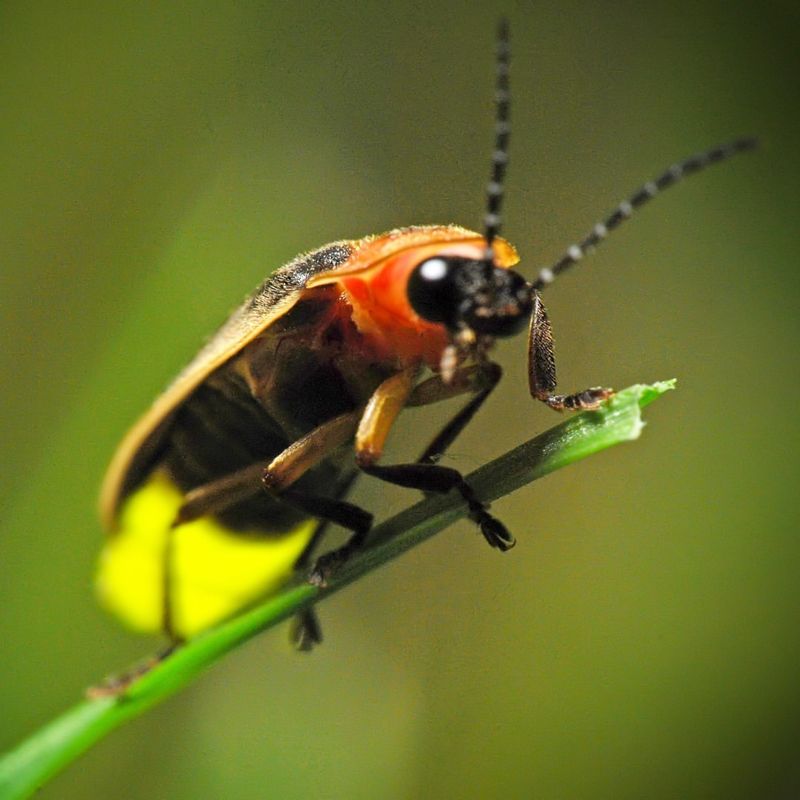
Fireflies might be small, but they pack a powerful punch when it comes to slug control, thanks to their ability to deliver toxins. The larvae are particularly adept at this. Once they identify a slug, they use their mandibles to latch on and inject a toxin. This toxin immobilizes the slug, making it an easy meal for the larvae.
While this might sound like a scene from a horror movie, it’s a fascinating example of nature’s ingenuity. This toxin delivery system ensures that firefly larvae have a steady food supply, which is crucial for their growth and development into the stunning adult fireflies we all admire. As they munch through the slug population, they help maintain the balance in your garden.
This natural form of pest control is not only effective but also eco-friendly, as it reduces the need for chemical interventions. So, the next time you see a firefly larva in action, appreciate its role as both a predator and a protector of your garden’s harmony.
5. The Glow That Guards
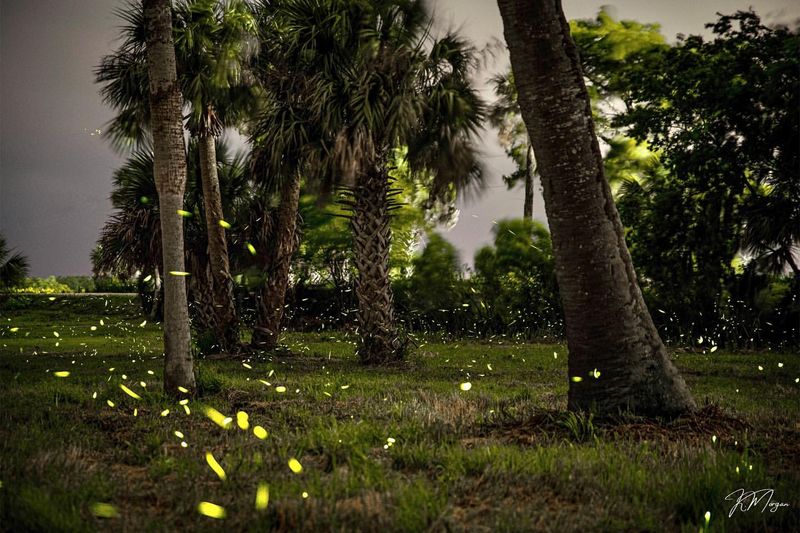
When the sun sets and darkness creeps in, fireflies take on the role of tiny garden guardians with their enchanting glow. Their presence isn’t just a visual delight; it plays a vital role in protecting your plants from slugs. The bioluminescent display of fireflies is more than just nature’s light show; it acts as a deterrent to slugs.
As these luminescent creatures flit about, they create an environment that feels less inviting to slugs, who prefer the cloak of darkness for their nightly escapades. Considering that slugs are largely nocturnal and rely on the cover of night to feed, the unexpected illumination from fireflies can disrupt their feeding habits.
This can result in slugs retreating back to their hiding places, sparing your plants from their destructive appetites. By encouraging fireflies in your garden, you’re not only enhancing its beauty but also fortifying it against slug invasions.
It’s nature’s way of offering a gentle push towards balance and harmony, showing that sometimes, all it takes is a little light to keep the darkness at bay.
6. Fireflies And Friendly Frogs
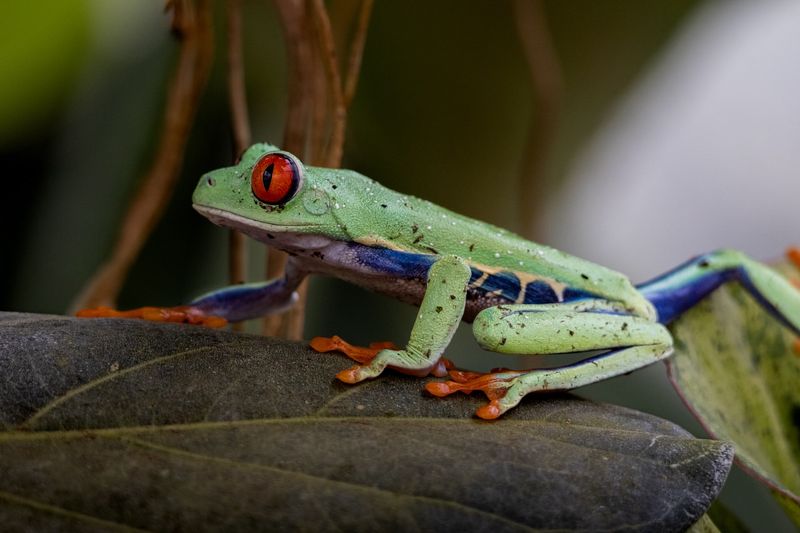
Fireflies and frogs share a symbiotic relationship that benefits your garden in more ways than one. As fireflies illuminate your yard, they unwittingly attract frogs, which are natural predators of slugs. These amphibian allies are drawn to the glow of fireflies, expecting an abundance of insects to feast on. While the fireflies themselves aren’t on the menu, the slugs certainly are.
Frogs help keep slug populations under control, and their presence is an indication of a healthy garden ecosystem. By fostering an environment where fireflies thrive, you’re also encouraging a habitat suitable for frogs.
This natural partnership between fireflies and frogs is an effective form of pest management, reducing the need for chemical interventions. As you watch fireflies dance around your garden, remember that they’re not just providing a light show; they’re setting the stage for a natural pest control performance.
This collaboration between glowing beetles and hopping amphibians is a testament to nature’s intricate design, where every creature plays a part in maintaining balance.
7. Firefly Attraction And Bird Buffet
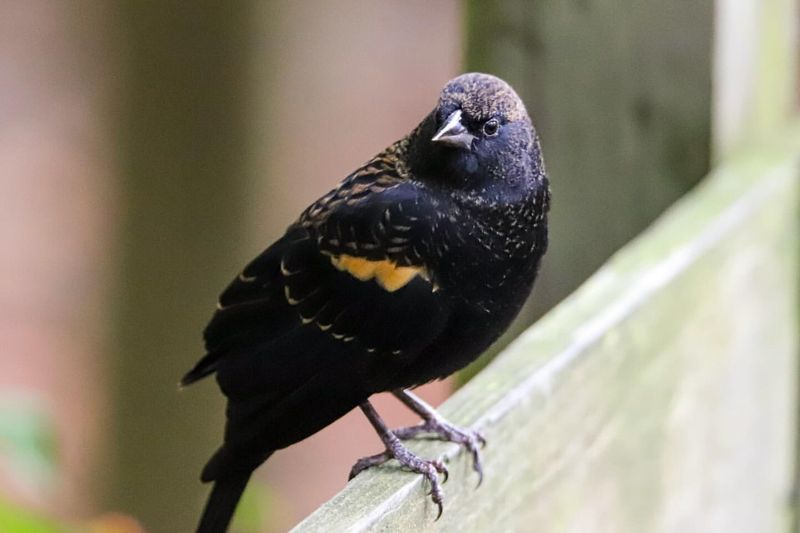
Birds are another essential part of the garden ecosystem, and fireflies play a role in attracting these avian allies. As fireflies light up your garden during the night, they inadvertently signal a thriving environment to birds. Insects, including slugs, are more abundant in such areas, providing a buffet for hungry birds during the day. While fireflies themselves don’t become prey, the slugs do.
Birds such as thrushes and blackbirds are known to have a taste for slugs, helping control their population. Encouraging fireflies in your yard not only beautifies it with their glow but also attracts birds that can help manage pests. This natural attraction reduces reliance on chemical controls and supports biodiversity.
So, as you enjoy the sight of fireflies, know that they’re also rolling out the welcome mat for birds, ensuring your garden remains a harmonious haven. This delightful dance of light and life shows how interconnected our natural world is, where even the smallest creatures can have a significant impact on pest management.
8. Firefly Light As A Signal
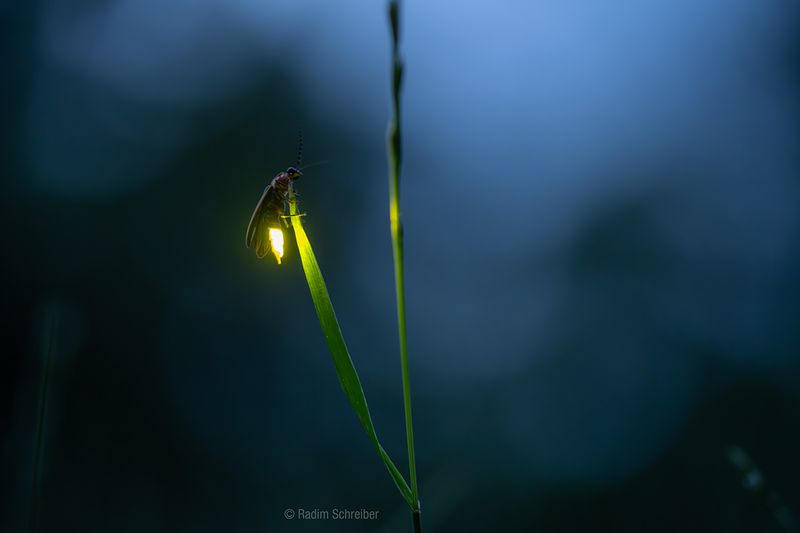
The gentle glow of fireflies serves as a beacon in the night, not just for humans but also for predators of slugs. This natural light signals a healthy garden ecosystem, attracting various creatures that feed on slugs. For instance, hedgehogs and toads are more likely to frequent areas where fireflies abound. The presence of these predators helps keep the slug population in check.
By lighting up the night, fireflies play a crucial role in the ecological balance of your garden. This nocturnal signaling system reduces the need for artificial pest control methods, promoting a more sustainable approach to gardening.
As fireflies flicker across your yard, they’re not only enchanting you with their beauty but also orchestrating a natural form of pest control. This interconnected web of life highlights the subtle yet significant ways in which fireflies contribute to maintaining harmony in our gardens.
9. The Firefly Frenzy Effect
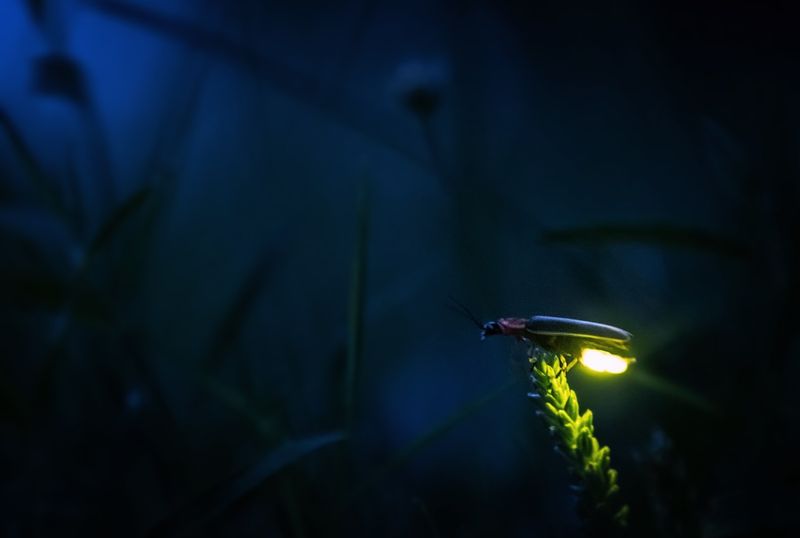
A garden bustling with fireflies is a sight to behold, and this lively frenzy serves a practical purpose beyond mere aesthetics. The increased activity of fireflies in your yard can create an environment that feels bustling and alive, which can deter slugs from venturing out. Slugs, being rather timid creatures, may find the lively flickering and movement of fireflies unsettling, prompting them to retreat. This phenomenon, known as the “firefly frenzy effect,” is a natural way to manage slug populations without resorting to chemical interventions.
By fostering a garden that encourages fireflies, you’re creating a space that’s not only beautiful but also strategically unfavorable for slugs. This vibrant nighttime ecosystem helps maintain a balance, ensuring that your plants aren’t at the mercy of nocturnal nibblers.
Embrace the chaos of a firefly-filled garden, and watch as it transforms into a dynamic stage where nature’s pest control takes center stage. This harmonious interplay between light and life showcases the understated power of fireflies in safeguarding your garden’s well-being.
10. The Deceptive Glow
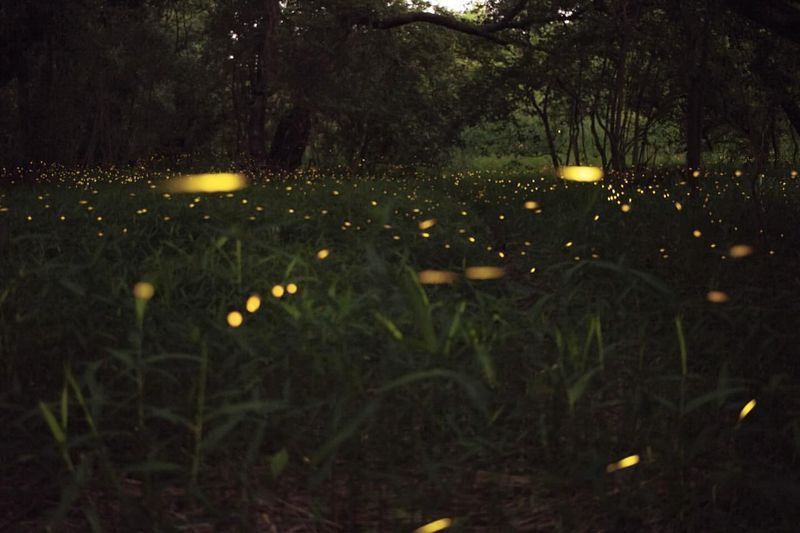
The enchanting glow of fireflies can serve as a deceptive signal to slugs. These nocturnal pests rely on darkness to move about and feed, but the unexpected illumination from fireflies can confuse or mislead them. This deceptive glow acts as a natural deterrent, making slugs hesitate or retreat, thus limiting their feeding time.
The firefly’s light, while primarily used for communication and mating, inadvertently protects your garden from slug damage. By creating an environment where fireflies thrive, you’re implementing a clever form of pest control that’s both effective and eco-friendly. This natural deception reduces the need for artificial interventions, promoting a more sustainable approach to gardening.
As you revel in the soft glow of fireflies, consider how their light is working behind the scenes to safeguard your plants. It’s a beautiful reminder of how interconnected and resourceful nature can be, using subtle tricks to maintain harmony in your garden.

